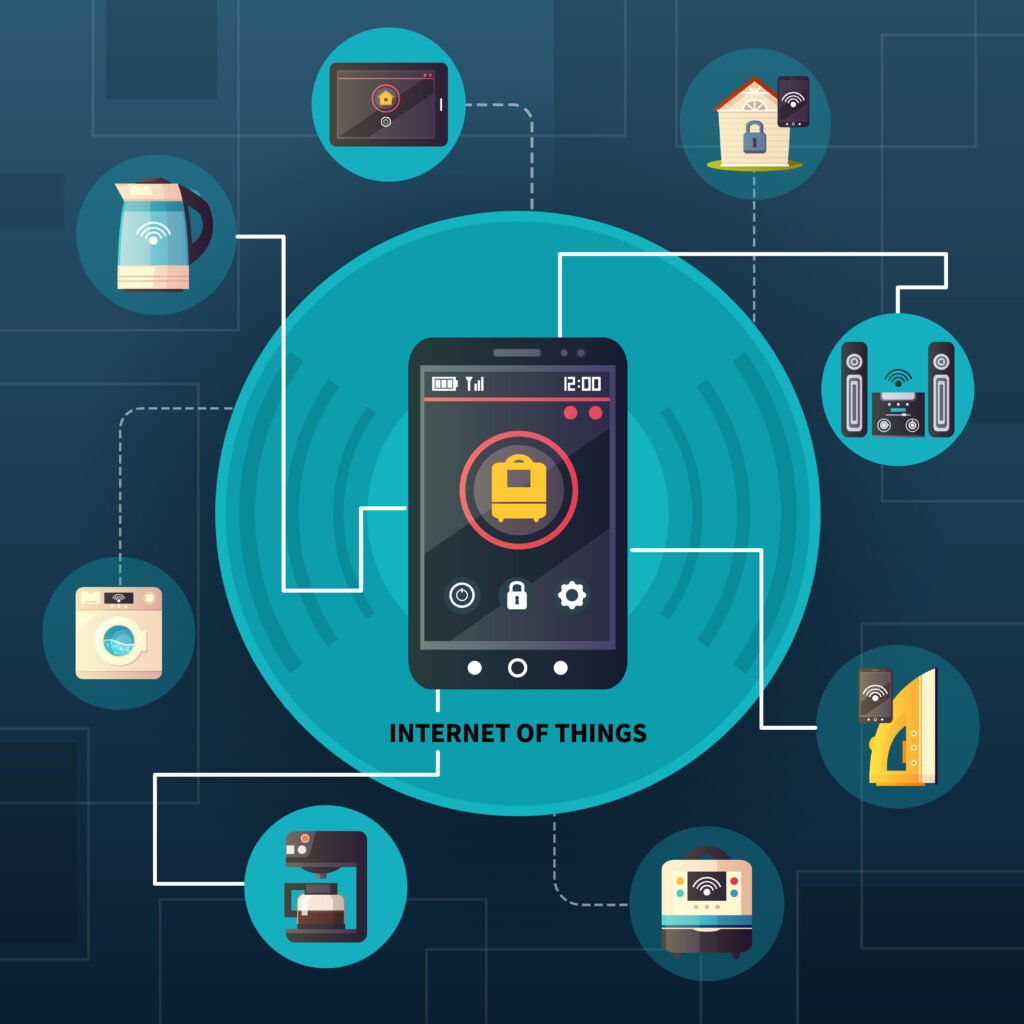Reliability in Modern Systems: Understanding Its Importance and Implications
Reliability is a term that carries significant weight across various domains, from mechanical engineering to software development and everyday products. In simple terms, reliability refers to the ability of a system, product, or service to perform its intended function without failure over a specified period under normal operating conditions. This concept is particularly important because it directly impacts the efficiency, performance, and safety of a wide range of systems that we depend on in our daily lives.
In this article, we will explore the concept of reliability in depth, its importance across different industries, factors that affect it, methods for improving it, and how it can be measured. We will also discuss the economic implications and the future trends surrounding reliability.

What is Reliability?
Reliability is the probability that a system will perform its intended function without failure under stated conditions for a specified period of time. It encompasses factors such as durability, consistency, and the ability to resist failures in both the short-term and long-term.
Reliability is not just a technical attribute but also a key aspect of customer satisfaction. Products or systems that are reliable reduce the risk of breakdowns and unexpected failures, minimizing downtime and maintenance costs. Reliability ensures that users can trust a product or service to function as expected in the real world.
For example:
- In Consumer Electronics: A reliable smartphone ensures that users do not face unexpected crashes, battery failures, or malfunctioning features.
- In Automotive Systems: A reliable car is one that starts every time, performs well on the road, and doesn’t require constant repairs.
- In Software: Reliable software applications crash less frequently, have minimal bugs, and provide smooth user experiences.
The Importance of Reliability
Reliability is crucial in almost every field due to the following reasons:
- Safety and Risk Reduction: In sectors such as aerospace, healthcare, and automotive engineering, reliability is a matter of life and death. Mechanical failures, software glitches, or system malfunctions can lead to catastrophic accidents, loss of life, or property damage. For example, airplanes are designed with high reliability standards to ensure the safety of passengers.
- Customer Trust and Satisfaction: Customers are more likely to trust and remain loyal to brands that provide reliable products and services. Reliability builds credibility, fosters long-term relationships, and helps maintain a strong brand reputation. If a product fails frequently, it can erode consumer confidence and drive business losses.
- Cost Efficiency: Reliable systems typically incur lower maintenance and repair costs over time. They require fewer replacements and are less likely to break down under normal use. For businesses, this translates into reduced downtime, lower operational costs, and improved profit margins.
- Operational Continuity: For industries that rely on continuous operations, such as manufacturing, energy, or telecommunications, system reliability is crucial for avoiding disruptions. A single failure can lead to large-scale downtime, lost revenue, and customer dissatisfaction.
- Legal and Regulatory Compliance: Many industries are governed by strict regulations concerning safety, quality, and performance standards. Failure to meet these requirements can result in legal consequences, fines, and reputation damage. Reliability is essential for compliance with these regulations.
- Performance Consistency: Reliable systems consistently meet the expectations of the user, ensuring that the performance is uniform and predictable. This consistency in performance builds confidence in the product and brand.
Factors Affecting Reliability
The reliability of a product or system is influenced by several factors, which can be broadly categorized as follows:
- Design: The design of a product or system is one of the primary determinants of its reliability. Good design ensures that the product is both functional and durable. Engineering teams work to minimize failure modes and optimize systems for longevity. Products that are poorly designed or have untested components are more prone to failure.
- Materials and Components: The quality of materials and individual components plays a significant role in a system’s reliability. Using high-quality, durable materials ensures that the product can withstand wear and tear and environmental stresses. Low-grade or substandard materials can degrade more quickly and lead to failures.
- Manufacturing Quality: Manufacturing processes and quality control standards can affect a product’s reliability. Consistency in the manufacturing process, adherence to tight tolerances, and effective quality testing are essential for producing reliable products. Manufacturing defects, such as poor assembly or inconsistent parts, can compromise reliability.
- Environmental Factors: Environmental conditions, such as temperature extremes, humidity, dust, or exposure to chemicals, can affect the reliability of a system. Products or systems used in harsh environments need to be specifically designed to withstand these conditions. For example, outdoor equipment must be weather-resistant, while automotive systems must be able to perform in a wide range of temperatures.
- Usage Conditions: The way a product is used has a significant impact on its reliability. Overuse, improper handling, and extreme operating conditions can accelerate wear and increase the likelihood of failure. Proper maintenance and following usage guidelines help maintain the reliability of products and systems.
- Maintenance and Service: Regular maintenance is critical to ensuring the long-term reliability of many products, particularly those with mechanical or electronic components. Neglecting proper servicing or failing to replace worn-out parts can lead to malfunctions and failure. Preventative maintenance programs are a key factor in preserving the reliability of industrial systems, vehicles, and appliances.
Measuring Reliability
Reliability is not a theoretical concept but a measurable attribute. There are several methods to quantify and assess reliability, including:
- Mean Time Between Failures (MTBF): MTBF is a key metric used in reliability engineering to represent the average time between failures of a system or component. A higher MTBF indicates a more reliable product.
- Failure Rate: The failure rate is the frequency with which a product or system fails over a specified period. It is typically expressed as failures per unit of time (e.g., failures per hour or per year). A lower failure rate is indicative of higher reliability.
- Availability: This metric measures the proportion of time that a system or product is operational and available for use. High availability means that the system is rarely down and can be relied upon to function as needed.
- Reliability Function: This function describes the probability that a system will perform its intended function without failure over a given time period. The reliability function is often expressed mathematically and helps predict how a system will behave in different conditions.
- Reliability Testing: In many industries, products undergo reliability testing to simulate real-world operating conditions. Stress tests, accelerated life testing, and failure mode analysis are some common testing methods used to identify potential weaknesses in a system.
Improving Reliability
There are several approaches to enhancing the reliability of systems and products. These include:
- Robust Design: Focusing on designing systems that can operate in a wide range of conditions and endure stresses without failure. This includes redundancy in critical components and ensuring that systems can recover gracefully from failures.
- Quality Control: Implementing strict quality control measures during manufacturing and assembly to minimize defects. Inspections, testing, and certifications can help ensure that products meet high reliability standards before they reach consumers.
- Preventive Maintenance: Establishing regular maintenance schedules for systems to prevent wear and failure. This includes routine inspections, parts replacement, lubrication, and system diagnostics.
- Redundancy: In critical systems (e.g., aviation, nuclear power), redundancy is built in to ensure that if one component fails, a backup component can take over, preventing system failure. Redundancy can be achieved through duplicated components or systems that are designed to work in parallel.
- Continuous Improvement: Collecting data on failures and performance issues and using that information to improve the design and manufacturing process. By learning from past mistakes and customer feedback, organizations can increase the reliability of future products.
- User Training and Support: Ensuring that users are properly trained to handle and maintain products can help prevent misuse and reduce the likelihood of failure. Additionally, providing comprehensive support services ensures that any issues are addressed quickly and efficiently.
Economic Implications of Reliability
Reliability has direct economic implications for both businesses and consumers. For businesses, reliable products lead to cost savings in terms of lower warranty claims, fewer repairs, and reduced downtime. Reliable products often command premium prices in the market, offering companies a competitive advantage.
For consumers, purchasing reliable products can save money in the long run by reducing repair costs, increasing the lifespan of products, and minimizing unexpected disruptions. Reliability can also lead to greater convenience, as consumers can trust that their devices, vehicles, or appliances will function as expected without frequent issues.
The Future of Reliability
The future of reliability is closely tied to advances in technology. In the coming years, we can expect:
- IoT and Predictive Maintenance: The Internet of Things (IoT) is enabling more intelligent systems that can monitor their own health and performance in real-time. This allows for predictive maintenance, where systems can detect early signs of failure and alert users or operators before problems occur.
- AI and Machine Learning: Artificial intelligence and machine learning algorithms can be used to analyze large datasets and predict potential failures. These technologies can also help optimize designs for reliability by identifying patterns and trends from vast amounts of operational data.
- Autonomous Systems: In fields like transportation, robotics, and manufacturing, the development of autonomous systems will place an even greater emphasis on reliability. Self-driving cars, for instance, will need to demonstrate extremely high levels of reliability to ensure the safety and efficiency of the system.
- Sustainability: As the world moves toward more sustainable and environmentally-friendly technologies, reliability will be key in ensuring that these systems, such as electric vehicles or renewable energy sources, perform as expected over long periods and under various conditions.
Conclusion
Reliability is a fundamental characteristic that affects nearly every aspect of modern life. Whether it’s a product, service, or system, reliability ensures that things work as expected, reducing the likelihood of failure, minimizing costs, and ensuring safety and customer satisfaction. In an increasingly complex and interconnected world, the importance of reliability will continue to grow, and companies must invest in robust designs, manufacturing processes, and maintenance programs to meet the demands of consumers and industries. Through technological innovations and a greater focus on reliability, we can expect safer, more durable, and more efficient systems across every sector in the years to come.








Post Comment